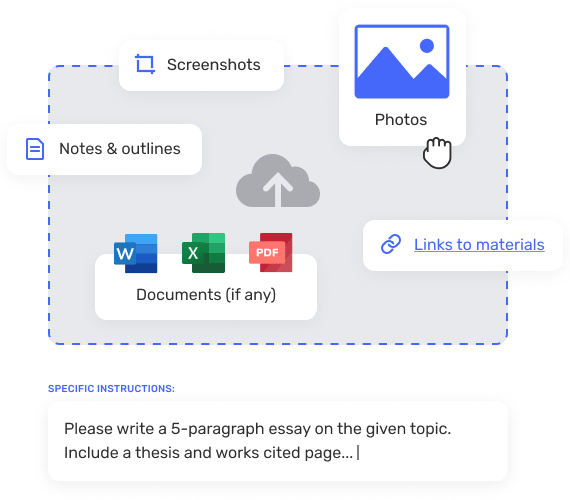The Impact of Chart GPT and Google Bard on Scholarly Papers

Introduction
Academic writing is a complex and time-consuming process. It requires researchers to conduct extensive research, synthesize information, and write clear and concise arguments. In recent years, there has been a growing interest in using artificial intelligence (AI) to automate or augment academic writing tasks.
Two of the most promising AI-based tools for academic writing are Chart GPT and Google Bard. Chart GPT is a large language model (LLM) that has been trained on a massive dataset of scientific papers. Google Bard is a similar LLM that has been trained on a dataset of text and code. Both Chart GPT and Google Bard can be used to generate text, translate languages, write different kinds of creative content, and answer your questions in an informative way.
In this blog post, we will explore the potential impact of Chart GPT and Google Bard on scholarly papers. We will discuss how these tools can be used to improve the quality, efficiency, and accessibility of academic writing.
How Chart GPT and Google Bard can improve academic writing
Chart GPT and Google Bard can improve academic writing in a number of ways. First, these tools can help researchers to generate high-quality text more quickly. This is because they can access and process information from a vast dataset of scientific papers. Second, Chart GPT and Google Bard can help researchers to write more concise and clear arguments. This is because they can identify the key points of a paper and generate text that is tailored to the specific audience. Third, Chart GPT and Google Bard can help researchers to translate their work into other languages. This can make their work more accessible to a wider audience.
In addition to these general benefits, Chart GPT and Google Bard can also be used to improve specific aspects of academic writing. For example, Chart GPT can be used to generate tables and figures, while Google Bard can be used to write code. These tools can help researchers to create more visually appealing and engaging papers.
The future of academic writing with Chart GPT and Google Bard
Chart GPT and Google Bard are still under development, but they have the potential to revolutionize academic writing. These tools can help researchers to save time, improve the quality of their work, and make their work more accessible to a wider audience. As these tools continue to develop, they are likely to become even more powerful and versatile.
Step-by-step guide on how to use Chart GPT and Google Bard for academic writing
Here is a step-by-step guide on how to use Chart GPT and Google Bard for academic writing:
- Choose a topic for your paper.
- Conduct research on your topic.
- Collect and organize your research materials.
- Decide on the structure of your paper.
- Use Chart GPT or Google Bard to generate text for your paper.
- Edit and proofread your paper.
- Submit your paper for publication.
Here are some additional tips for using Chart GPT and Google Bard for academic writing:
- Be clear about your goals for your paper. What do you want to achieve with your paper?
- Use Chart GPT or Google Bard to generate text that is tailored to your specific audience.
- Be critical of the text that Chart GPT or Google Bard generates. Don’t just accept it as is. Edit and proofread the text carefully.
- Use Chart GPT or Google Bard as a tool, not a replacement for your own writing skills. Use it to help you generate ideas and to improve your writing, but don’t let it do all the work for you.
Conclusion
In conclusion, academic success is a multifaceted endeavor that requires a combination of hard work, dedication, and effective study habits. However, by incorporating additional key steps into their approach, students can enhance their chances of achieving their academic goals. The advent of AI-based tools such as Chart GPT and Google Bard presents exciting opportunities for students and researchers to elevate their academic writing. These tools offer the potential to generate high-quality text efficiently, construct concise and coherent arguments, and even facilitate translation into different languages. As these technologies continue to evolve and improve, their impact on academic writing is likely to become even more profound, opening up new avenues for academic success. By embracing these innovative tools and staying abreast of advancements in the field, students can harness the power of technology to enhance their learning experience and reach new heights in their academic pursuits. Through a combination of diligence, self-belief, and the effective utilization of available resources, students can navigate the complexities of academia, unlock their full potential, and pave the way for a fulfilling and successful educational journey.



